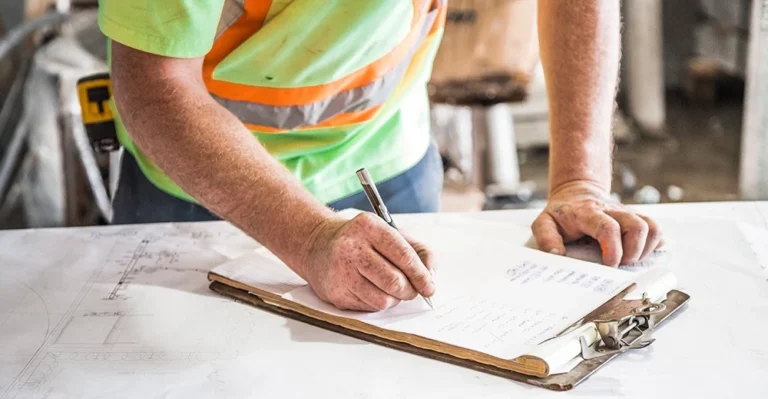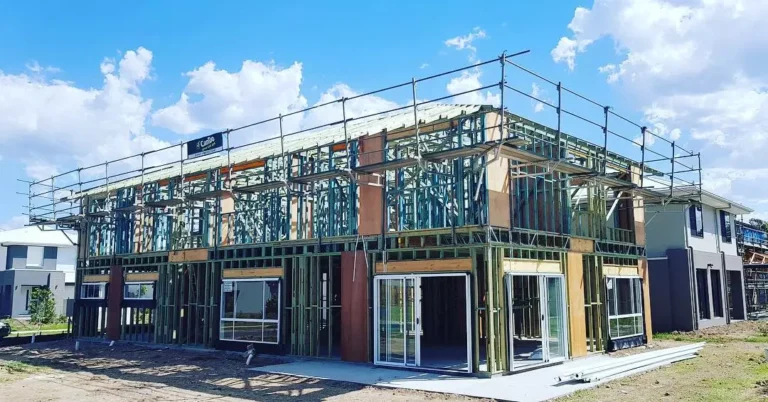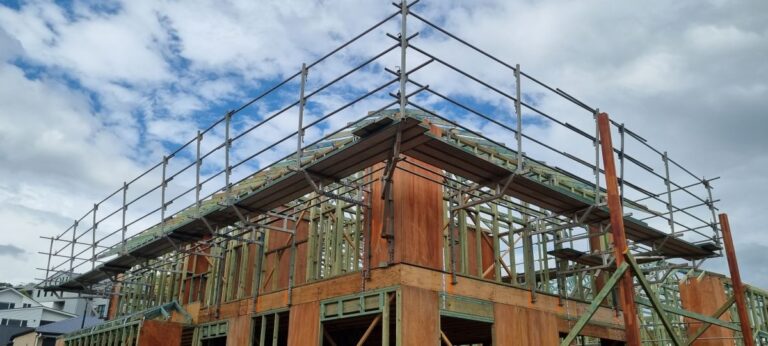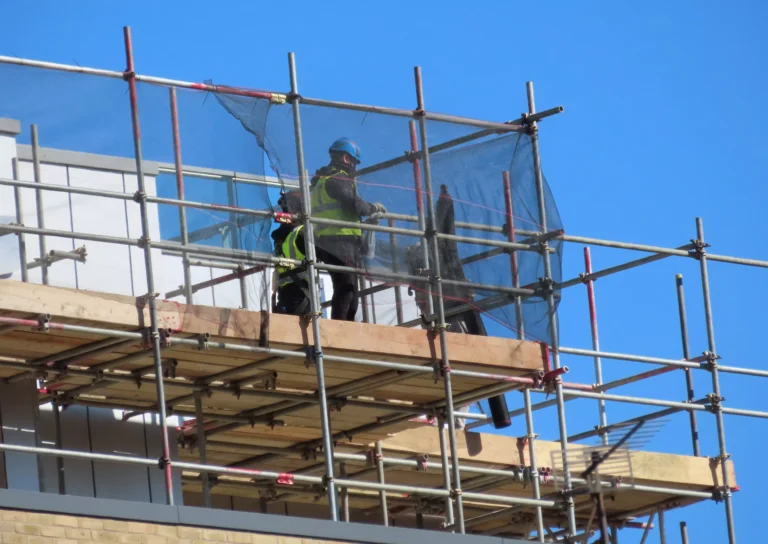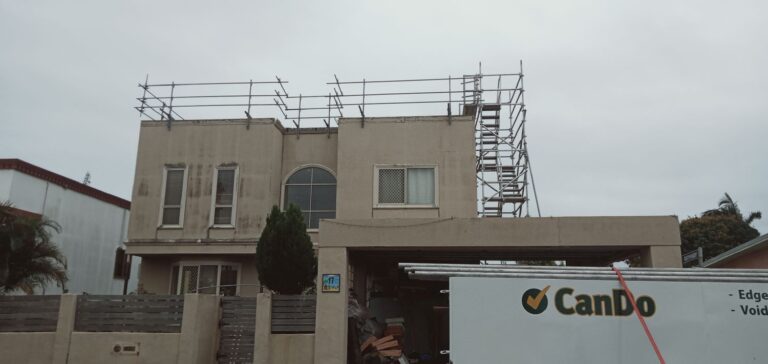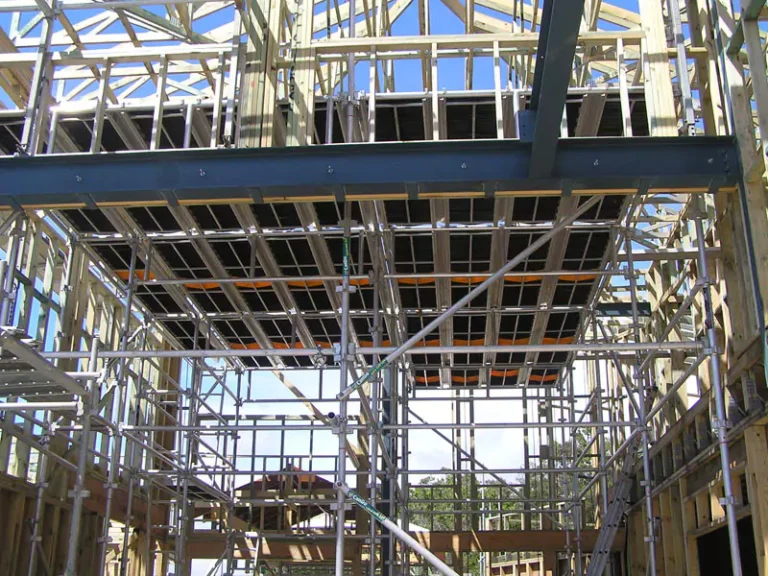The Ultimate Guide to Scaffolding Inspections
One of the most important aspects of erecting and working with scaffold structures is to follow safety regulations and conduct regular inspections. This applies to all temporary structures, whether a complex structure or basic scaffold structure, to keep workers safe at all times
In the scaffolding industry there are generally two types of inspections needed regularly for any types of scaffolds to ensure a safe work environment; Handover Inspections and Post-Handover inspections.
The Need for Frequent Scaffold Inspections
Scaffolding companies should also conduct inspections in regular intervals to make sure the type of scaffold is in good working condition and safe to use when in storage.
The older the scaffolding is, the more frequently these inspections should take place. Whenever the scaffolding is incomplete or unattended, there is to be no unauthorised access, preventing any person from accessing the structure if it is not in a safe condition.
To provide you with some guidelines of what these inspections should involve and how to safely perform them, we have created the ultimate guide to scaffolding inspections.
Handover Inspections
This type of inspection is required on site as soon as a scaffolding structure has been assembled. It is also required if the structure, or any part of the structure, has recently had any repairs, additions, or alterations made to it.
Typically, these types of inspections are required for a competent person to provide a written confirmation of the structure working condition in form of a “handover certificate”. A competent person could be the scaffold manufacturer or a trained scaffold engineer who can take corrective measures to eliminate any predictable hazards. The certificate and any relating documents are required to remain readily available at the construction site for the duration of the project and the scaffolding structure is dismantled.
By Safe Work Australia regulations, for cantilevered, suspended, hung, and spur scaffolds, including any other type of supporting system where a person or object could fall greater than 4m in height:
Where an inspection has highlighted that the scaffolding system presents one or more health and safety risks:
- The necessary repairs, additions, or alterations must be made before it is used again
- An inspection by a competent person has been performed after the repairs, additions, or alterations have been made
Post-Handover Inspections
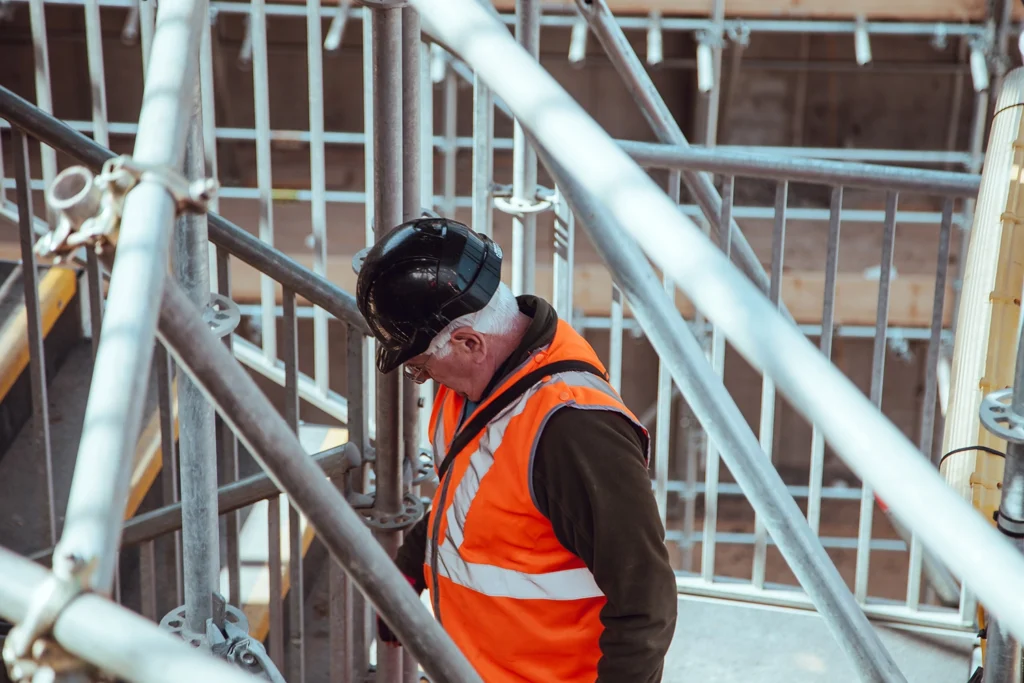
Once a scaffolding system is erected and in use, it should again be inspected by a qualified person. This kind of inspection should be carried out at least every 30 days if the fall is greater than 4m in height. Other factors that determine the frequency of the inspections include the size of the structure, workplace conditions, adverse weather conditions, and any other factors that could affect the stability of the structure.
All records of inspections are to be kept at the construction site for the entire duration of the project. They should include the date and time of inspections, location, comments, relevant design or specification reference, along with the person who performed the inspection and the person’s qualifications.
Get in touch!
If you are planning to carry out any construction works on the Gold Coast, Brisbane, or northern NSW soon; the best way to managing the risks of working with scaffolding is by hiring the services of CanDo. We provide a comprehensive range of scaffolding solutions for hire, including mobile scaffold towers, void protection platforms and roof edge protection, that will suit any residential or light commercial construction works.
CanDo’s qualified scaffolders also provides consultation services to ensure that you get the best solution to your specific needs and to comply with the Work Place Health and Safety Regulations.
Contact CanDo today at 1300 226 336 and get a free quote and expert advice for your scaffolding hire needs.


